Legacy of Remembrance
Miami, Florida, USA
KoDA Miami, La Casona Garden Design, McKenzie Construction, Germane Barnes
KoDA Miami designers Chance Stillman, Nikola Jovicic and Yagmur Akyuz – Marjory Stoneman Douglas Alumni who belong to separate generations - spearheaded proposal for the Parkland Memorial.
Parkland, FL – The Parkland 17 Memorial Foundation invited artists to submit conceptual design proposals for a memorial to the 17 victims of the massacre which took place on February 14, 2018, at the Marjory Stoneman Douglas High School in Parkland, Florida.
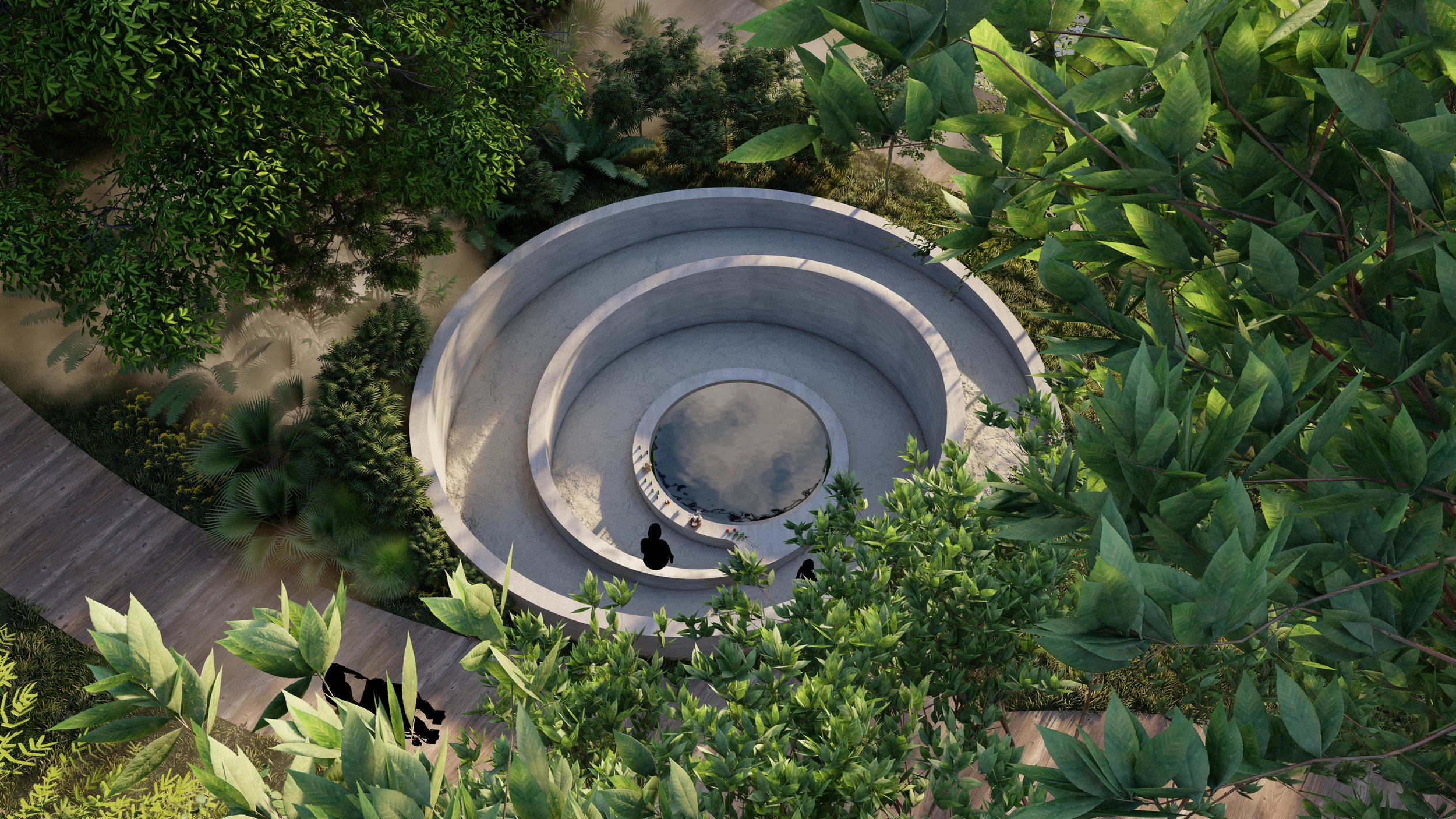
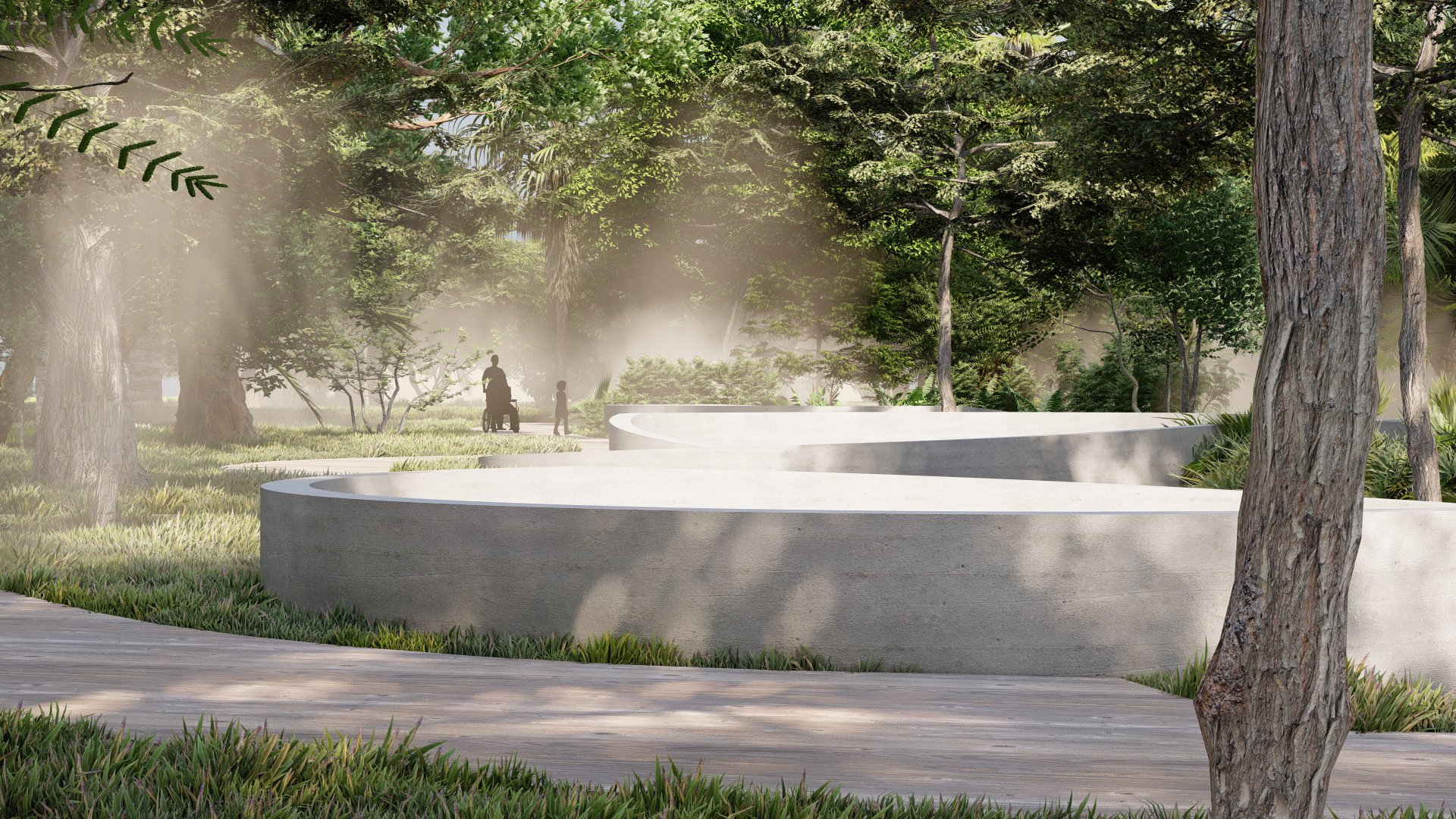
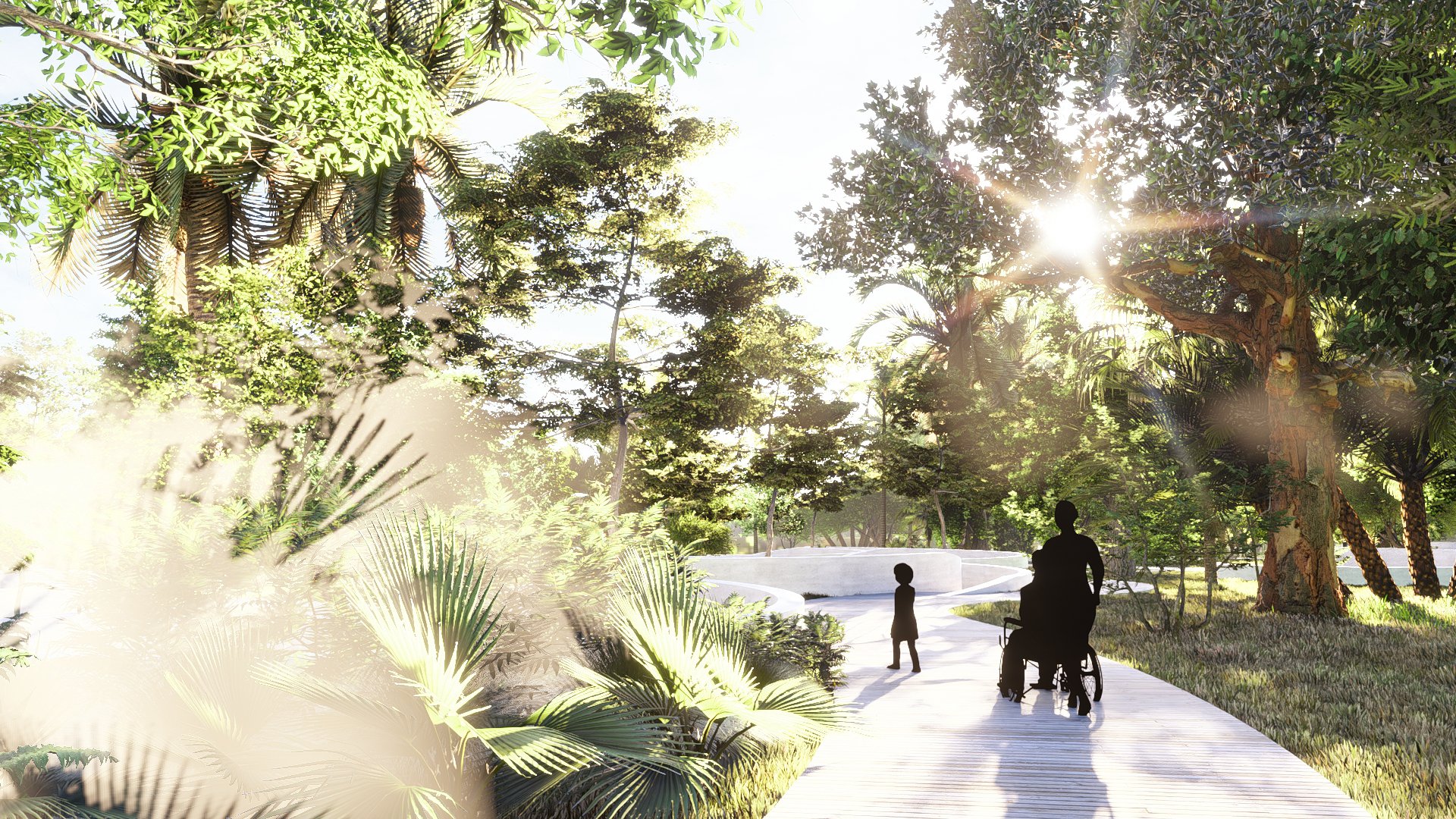

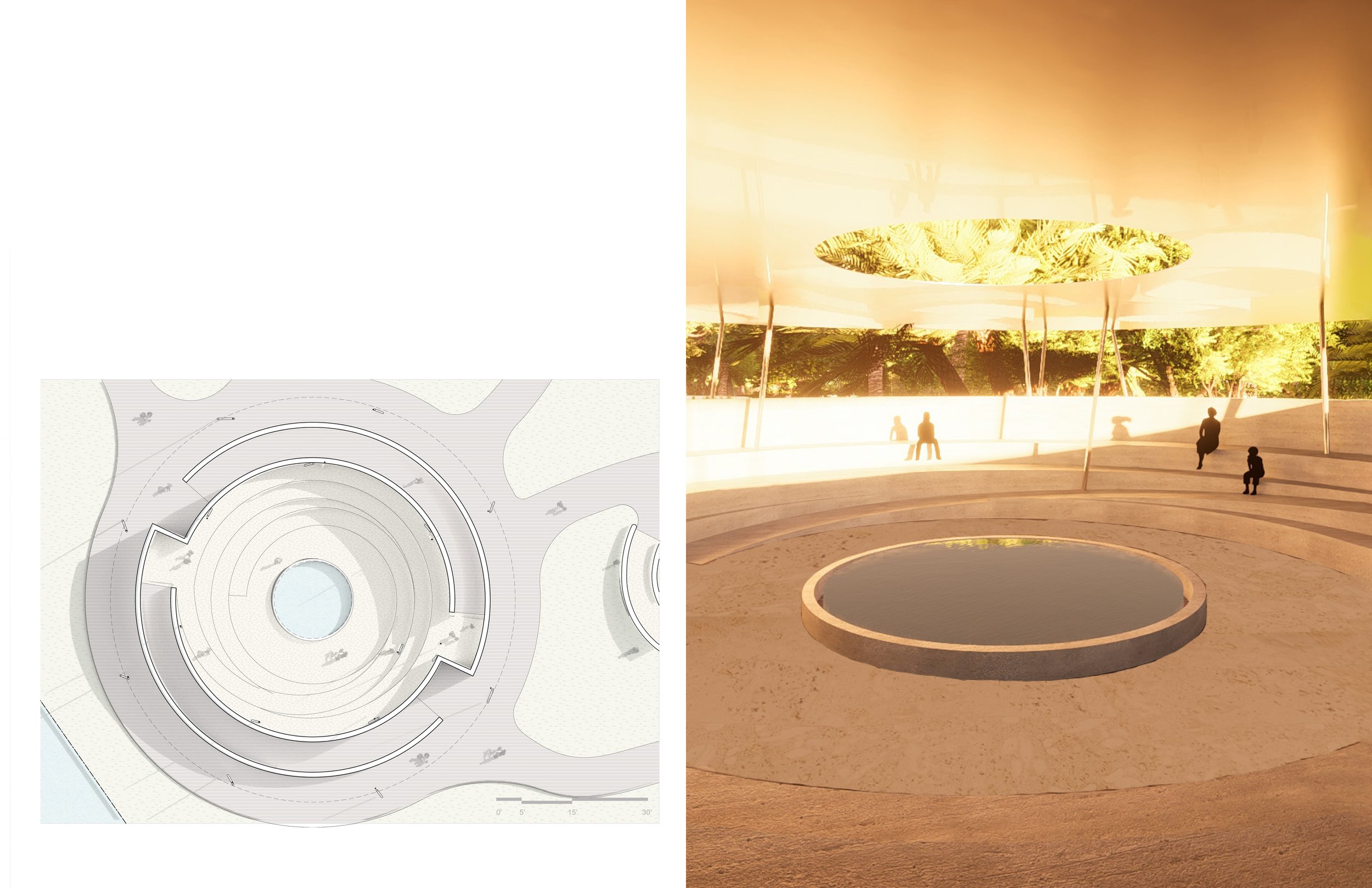
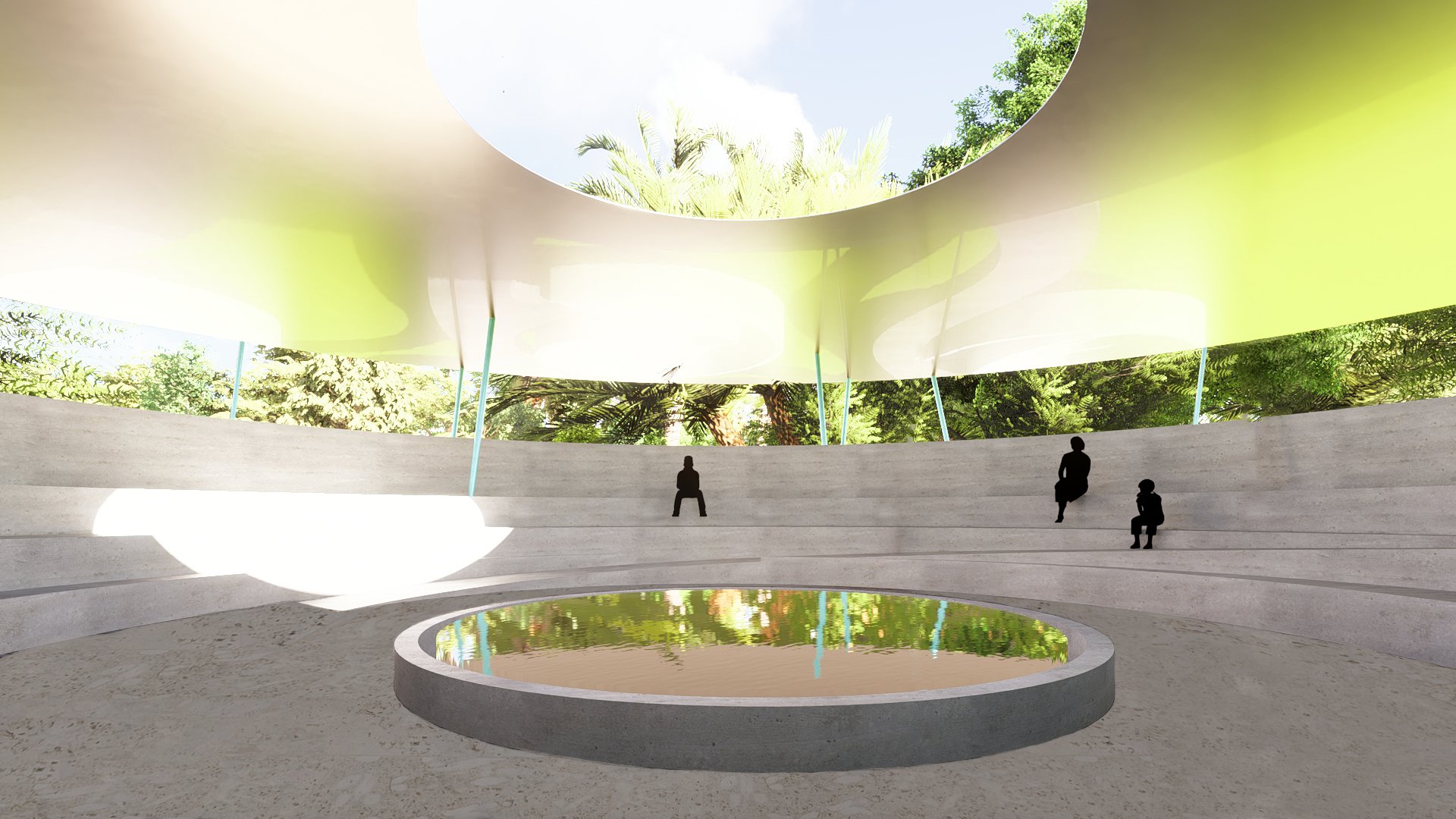
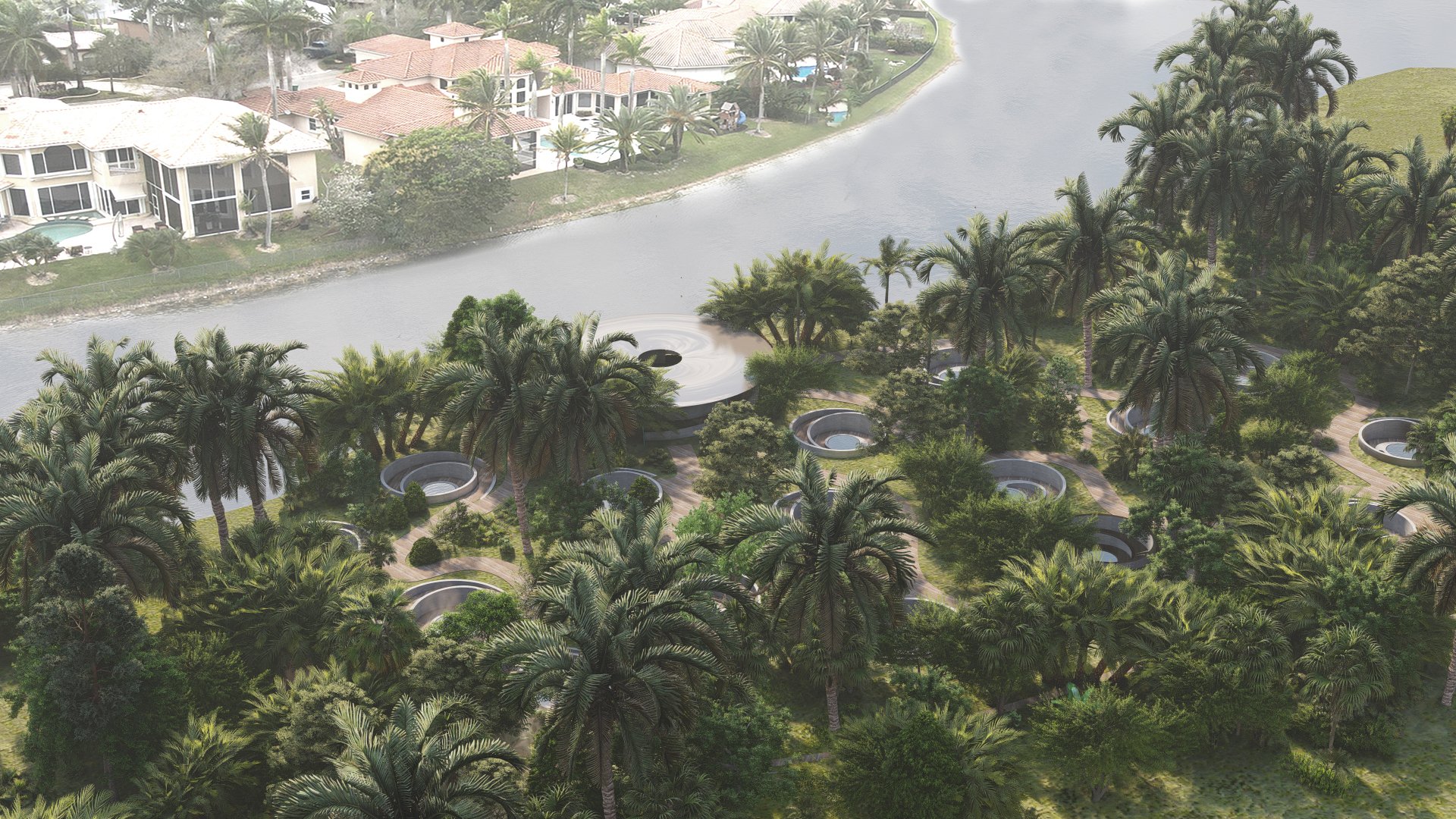
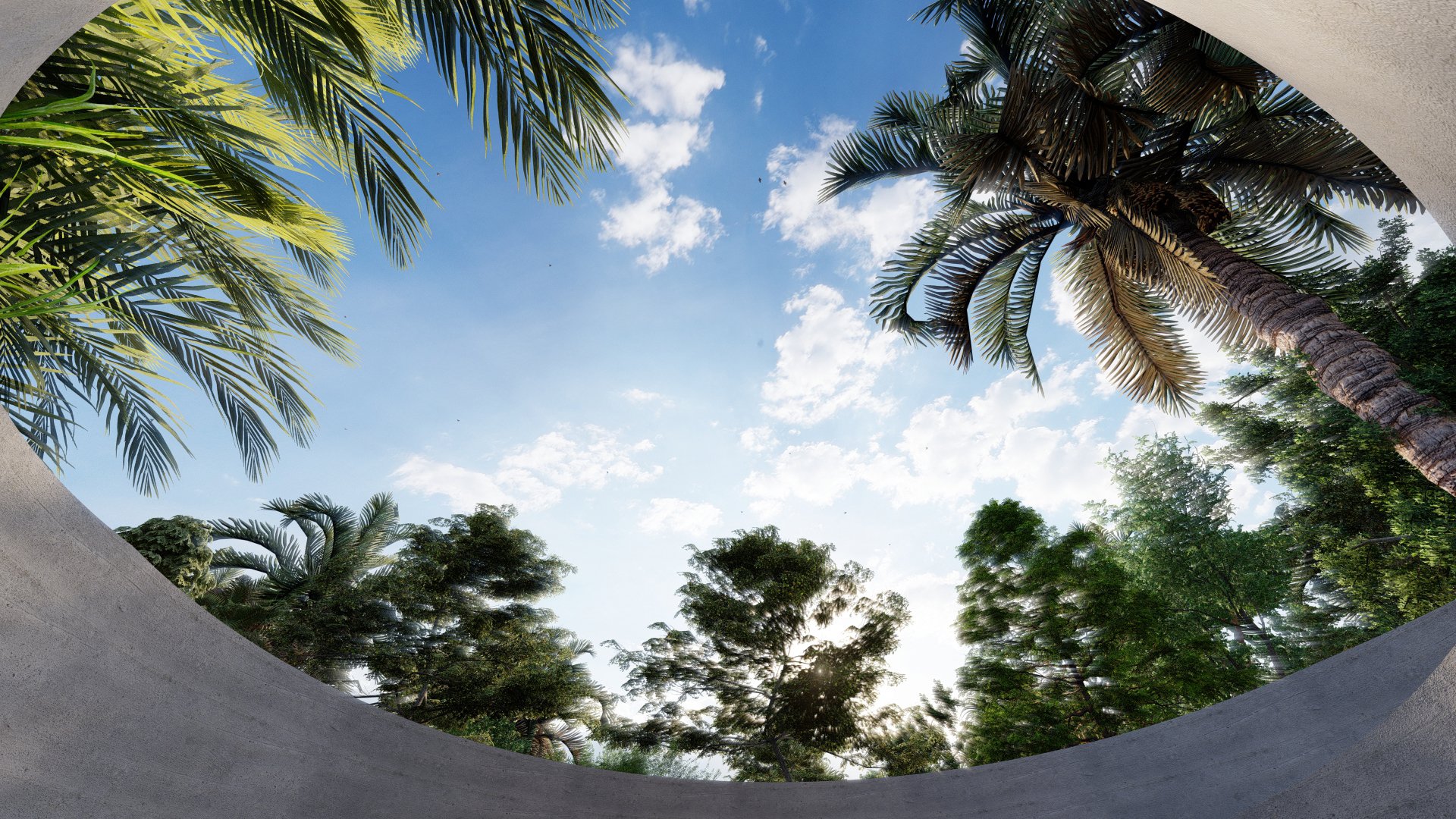
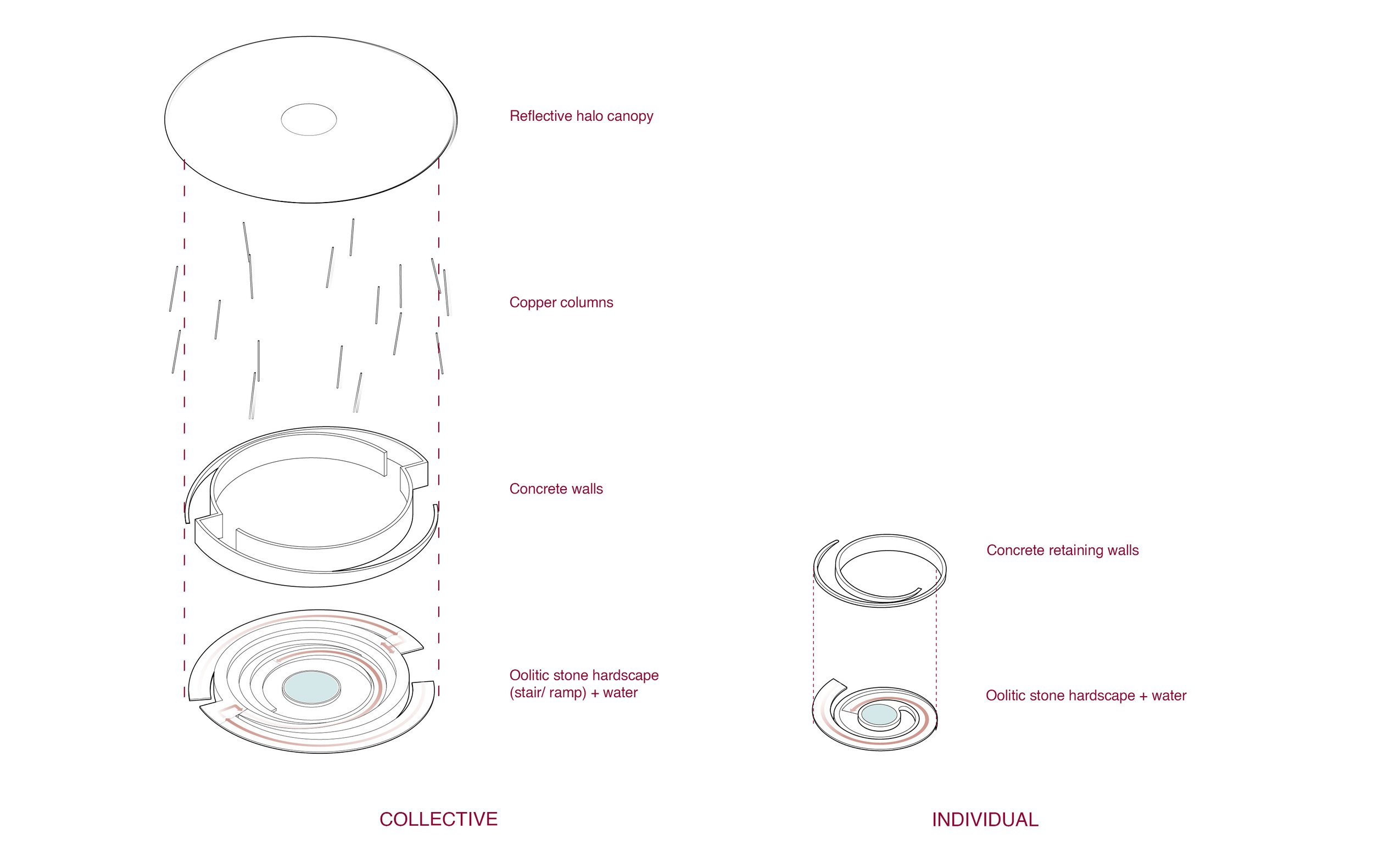

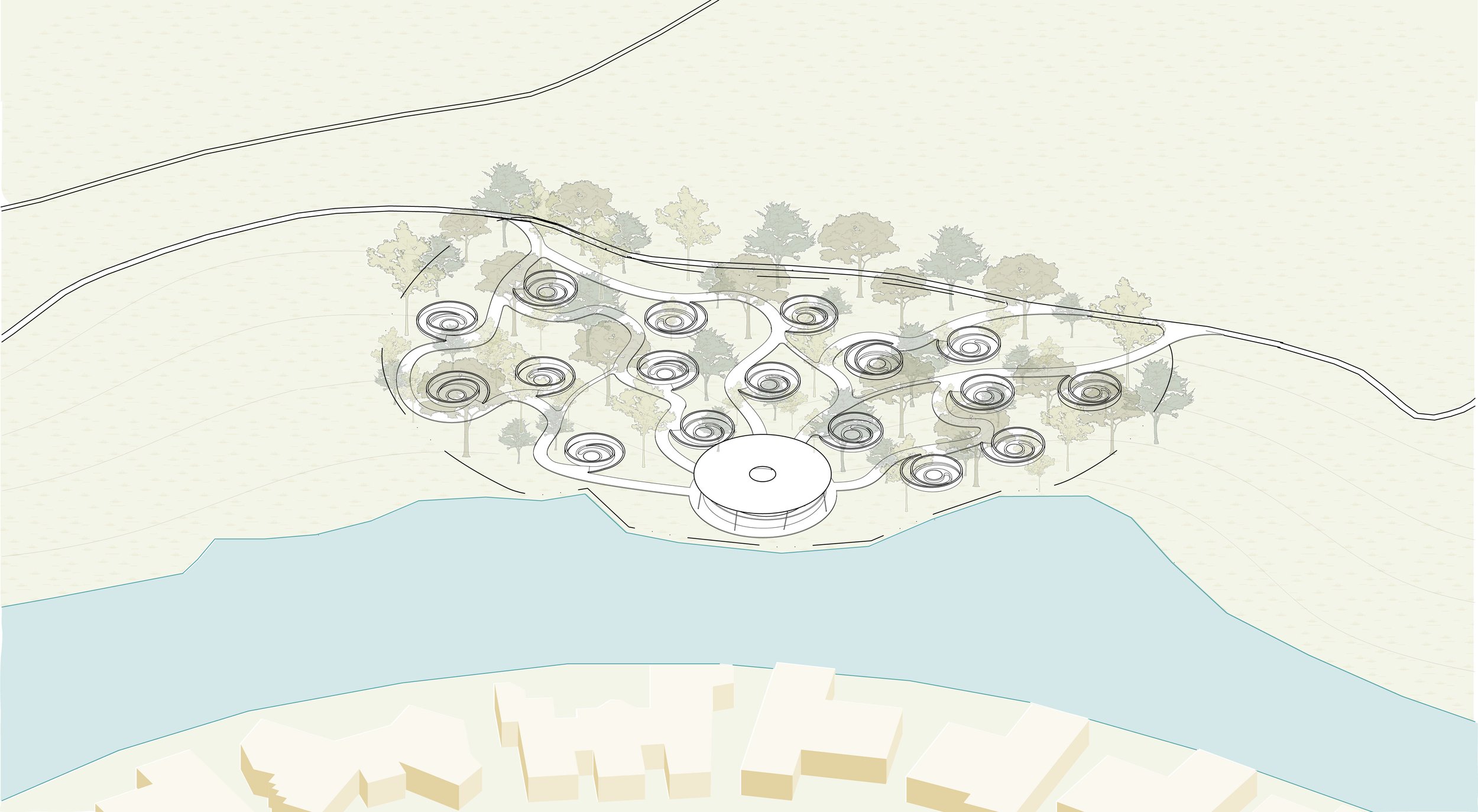
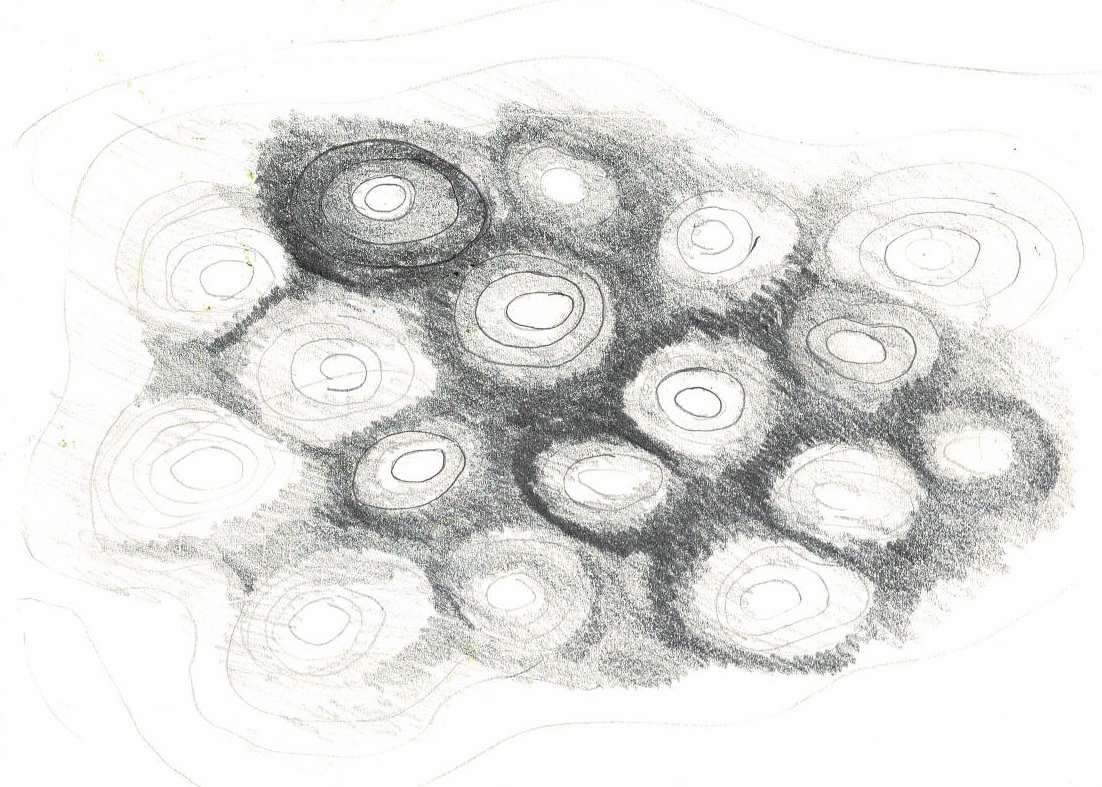

Before
MSD High School alumni, Chance Stillman (2010), Nikola Jovicic (2014), and Yagmur Akyuz (2017), share a unique connection beyond their school years. Still rooted in Parkland/Coral Springs, where their parents reside, the trio remains connected to the community. In fact, they still share sentiments on common teachers they’ve interacted with. Although they never came across each other in school, their path was always strangely intertwined.
Leaving their younger siblings behind in Parkland to attend university, they all had a knack for design. Independently, Florida Atlantic University’s Architecture program intrigued all of them. They’d soon share yet another credential in their academic career. Attending a five-year program three years apart, they overlapped some, but never enough to become acquainted. Although, coincidentally pursued similar roles within the program, again, not crossing paths until much later.
The Day
On the day of the shooting, Chance was visiting a loved one in a Miami hospital, when a close friend texted: “didn’t you go to school in Parkland? Did you hear about what happened there? Chance was still living in Coral Springs at the time of the shooting and recalls an intense flurry of police activity when returning home.
Nikola was caught with the news shared by his classmate on his way to FAU campus. He immediately hung up and called his brother, who was attending MSD High at the time. Thankfully, he got through to him. It became apparent he had made it out safely and was in the car with their mom. His brother’s class happened to be on a far end of the campus, where students were able to evacuate over the fence.
Yagmur was invited to MSD campus for an after-school meet-up with a dear teacher of hers and former classmates for a Valentines Day get together. She was late, stuck in class at FAU Boca Campus at 2pm, when she got a phone call from her friend: “Don’t come.” She heard what she thought was a helicopter flying close in the background of the call. The reality never occurred to her. She tried contacting her sister, only to see her and their parents running out of the building on the news.
The day unfolded to be a nightmare for all the entire community, but especially 17 families who lost a piece of themselves that day. Alyssa Alhadeff, Scott Beigel, Martin Duque, Nicholas Dworet, Aaron Feis, Jaime Guttenberg, Chris Hixon, Luke Hoyer, Cara Loughran, Gina Montalto, Joaquin Oliver, Alaina Petty, Meadow Pollack, Helena Ramsay, Alex Schachter, Carmen Schentrup, Peter Wang, and all the countless survivors had profound significance to everyone in the community in different ways. It was no different for the three alumni.
After
The events that followed that day sparked something in the to-be KoDA team. Vigils, all the advocacy the survivors were involved in personally, the March for Our Lives events, overwhelming public support, and the never-ending feeling of the loss; made them realize they all wanted to be directly involved in some form of contribution to the community in the names of their friends and mentors. They had no idea they’d have the opportunity to be involved in such an intimate way.
Chance joined KoDA in September of 2019 after building notable experience in other roles. He started as a designer and since then has become a registered architect, and the firm’s Studio Director. He was drawn to KoDA for the firm’s sensitivity to environment and culture and stayed for the thoughtfulness that went into each project.
Nikola joined KoDA in March of 2022. He was in search of a firm where he can grow as a designer and become well rounded in the trade, taking advantage of the small studio organization. He had experienced a variety of different types of work and found KoDA to be the next right step in his career.
Yagmur’s first job out of school became KoDA in September of 2022. Although she had been in contact with the firm for a few months prior, she found herself drawn to KoDA’s design process. Her passion for research and design was welcomed, in a way she felt was rare from her previous encounters with the profession.
It is notable that for such a large school (MSD High has approximately 4000 students attending across all four years), and the community with such tangible size- there is somewhat serendipity to these three individuals being in the same design firm, at the same time with all their respective unique experience. It is also notable that they make up more than one third of this design firm.
Finally, all three sat in the same room, working together for the first time. 3 months later, Chance came across something, that felt like a full circle moment.
Call for Artists
Chance discovered the Broward Arts call for artists on social media and saw an opportunity to commemorate lives lost since the tragedy. With a background in studio art and architecture from FAU, his interest in remembrance has been longstanding. His teammates shared this sentiment and were moved by the possibility of representing their community.
KoDA’s Support on Resources + Design
Once Chance shared the opportunity with Wesley Kean, Principal at KoDA, he immediately understood the weight this potential project had for the team. He knew it was key that the conceptual design proposal emerged from this group of Parkland Alumni.
What followed was rigorous research on the event, existing memorials, and sharing personal stories for the first time on anything related to the incident. Discussions about loss and what it means to commemorate in a meaningful manner made it apparent to the design team that this proposal could not only be about remembering, it also had to be about healing.
Concepts regarding healing were abundant, however, the team soon realized, it was naïve to think that a built structure that could make the pain go away. Pain would always remain, no matter the good intention. In fact, a void has been left in the community that’s almost tangible. 17 voids which can never be filled. 17 empty chairs.
Moved by this concept the team started building on the idea of what it might mean to create space out of void.
The Memorial
“Holding space” means being physically, mentally, and emotionally present for someone. It means putting your focus on someone to support them as they feel their feelings. How could one create a physical environment that holds space for those who visit?
Empty Chair
In the wake of profound loss, the community is confronted not only with the emptiness left by departed loved ones but also the tangible reminders of their absence. These voids manifest in various ways, from vacant beds at home to unoccupied chairs in classrooms. Drawing inspiration from the collective grief experienced by individual families and the community at large, the team explores the power of emptiness as a mechanism for remembrance, connection, and closure.
Addressing the fundamental question of defining emptiness on a barren site, the history of the designated memorial location—an untouched parcel of land on the periphery of a decommissioned golf course bordering Parkland and Coral Springs—is considered. Once a natural wetland ecosystem integral to the Everglades, this site holds a poignant connection to the earth. Marjory Stoneman Douglas, the revered namesake of Parkland High School, eloquently captured the essence of the Everglades in her book "River of Grass," emphasizing its unique and irreplaceable nature.
Recognizing an opportunity for dual rehabilitation in the parallels between human loss within the community and the environmental degradation of the ecosystem, the team aims for a design that honors both the lives lost and the ecological history of the site. Acknowledging the profound impact of the connection to the natural world on physical and mental well-being, a design is proposed that pays homage to the Everglades' Hardwood Hammocks—elevated habitats with robust trees like Gumbo Limbos and Live Oaks.
The proposed design introduces a Hammock-like environment to the memorial site, serving as a symbolic representation of life and fostering a connection between the community and the natural world. Within this habitat, 17 clearings are carefully delineated, each marking the lives lost on February 14, 2018.
This design not only pays tribute to the individuals who left an indelible mark on the community but also contributes to the restoration of a once vibrant ecosystem. Through this memorial, the team aims to create a lasting tribute that bridges the gap between human sorrow and environmental revitalization, fostering a sense of unity, remembrance, and hope for the future.
Implementation
In considering the element of time, the design team takes organizational inspiration from the rings within a tree trunk in each clearing. These rings are extrapolated to be topographic lines, guiding visitors subtly deeper into the earth as they venture towards the center ring. The clearings, not exceeding 4’-0” in depth, feature striated concrete / rammed earth retaining walls that gradually emerge from the terrain, defining the space and obscuring the horizon from view.
Upon descending the gentle, winding, oolitic stone path of the clearing, visitors reach a reflection pool that artfully juxtaposes the sky back down to the earth. A bench-height plinth encircles the pond, providing a designated space for families and loved ones to leave behind mementos, flowers, and/or stones. From these voids in the landscape, observers can contemplate a curated view of the sky, framed by tree canopies encircling the periphery above. Through the tree branches, immaterial light becomes physically apparent, embodying the hope that the presence of those who are lost manifests from within the void.
Wooden pathways, elevated slightly above the ground, connect these spaces. Scattered throughout the landscape are various copper pillars that disperse mist during the day and provide illumination at night. These bright and reflective copper elements will patina over months and years to a subtle teal, blending harmoniously with the natural surroundings. The vapor and mist not only offer cooling for travelers but also contribute to creating a distinct atmosphere within the park, setting it apart from the surrounding area.
The constellation of clearings culminates in a larger space near the waterfront, where visitors can aggregate and spend time alongside one another. Above this gathering space hovers an expansive “halo” canopy, supported by ethereal copper columns. Reflective from below, the canopy projects the likeness of the community into the sky above. Tapering to be impossibly thin at its edges, the canopy further de-materializes the structure. Most importantly, the halo serves as protection from the harsh Florida sun, ensuring a comfortable environment for visitors below.
